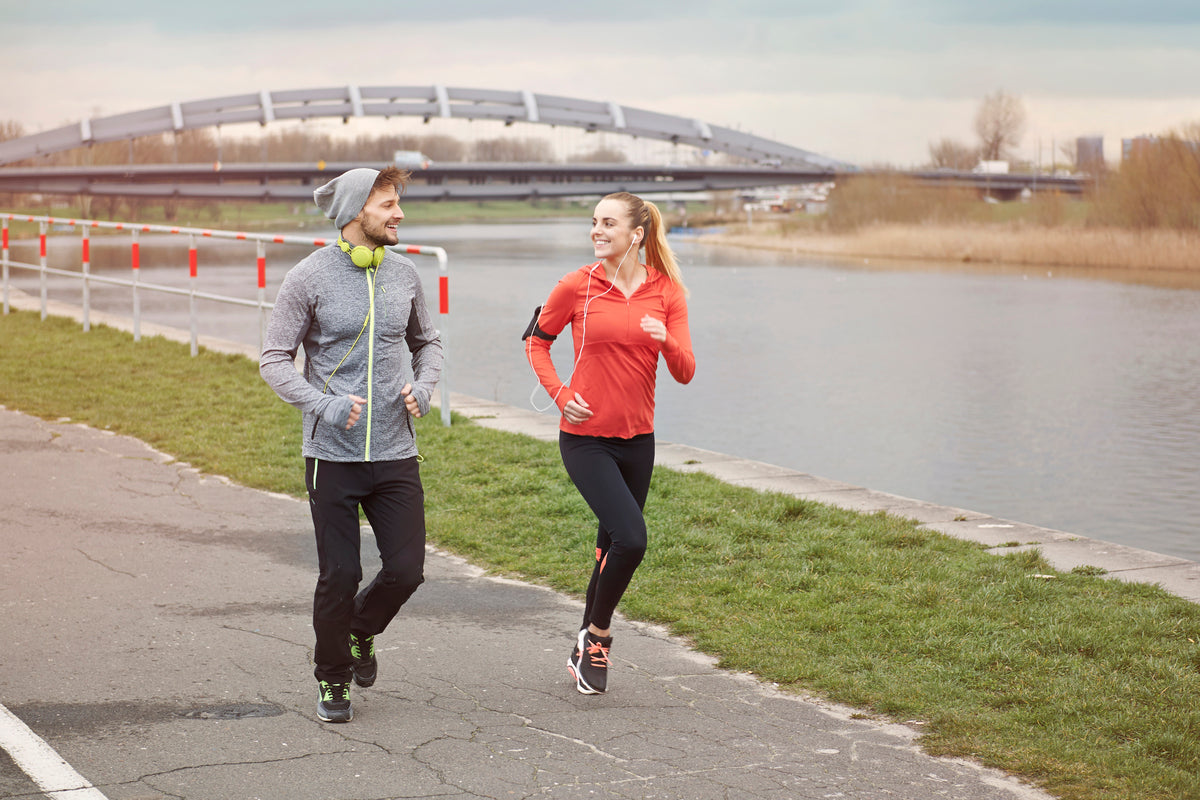Endurance Vs Stamina: Tips to Improve Both

When you're running the treadmill and feel a slight burn in your muscles, your body fails to endure. While you're doing the same activity and feel your breath getting heavy and seeing a little blurred, your stamina is giving up. Many of us have this confusion between both these failures in the body. While endurance and stamina are strength properties, they affect different parts of human physiology. Endurance is the ability of your body to stretch the time of doing a task even after getting a little tired. Stamina is the ability of the body to do a task continuously without getting quickly tired.
Endurance and stamina are both critical for optimum physical and mental performance. These are two sides of the same coin called strength and have different features which support the body for survival. Without necessary endurance, you wouldn't be able to walk long distances when needed, and without stamina, you will have trouble walking even short distances. Without stamina, the body's natural endurance fails to help the muscles when there is no energy to support muscular movements. Simply put, stamina supports tireless endurance, and endurance builds up higher stamina. Here's what differs between endurance vs stamina.
Stamina vs Endurance
When you talk about stamina, the general idea is to be able to perform all day long without getting a reduction in your energy levels. Stamina keeps you energetic all day long to perform tasks with the same intensity as you would after your fresh morning coffee.
On the other hand, endurance is part of the strength that keeps your muscles from tiring or failing when you have to do a task repeatedly, like cycling or lifting things one after another. It is the ability to hold things for a longer period, push the point of failure further, and recover from it faster.
Stamina is a component of physical fitness and increases the amount of energy produced by the body. Meanwhile, endurance is the strength that decreases the energy used to do a specific task at any time. The following factors determine the physical fitness of a person-
- Cardiovascular endurance - the ability of the heart and lungs to provide ample oxygen to the body
- Flexibility - the ability to stretch and withhold muscle and joints to the maximum capacity
- Body composition - the balanced amount of fat, muscle, non-fat tissue, and healthy cholesterol
- Muscular endurance - the ability of the muscles to contract and stretch without tiredness, to be able to make complex movements and lift heavier weights
- Muscle strength - the ability of the muscles to hold position or lift things without burning or breaking
Endurance in the body depends on cardiovascular endurance and muscular endurance. Cardiovascular endurance improves the capacity of your heart to pump oxygenated blood to your muscles without getting tired. Cardiovascular endurance built with exercise also improves stamina in the body. Muscle endurance is the ability of the muscle to endure constant movement without fatigue or inflammation.
Cardiovascular endurance can be measured with cardio exercises like running a kilometer or cycling for three. The measurement is based on the heart rate reaching a peak but in a longer timeframe. Muscular endurance is measured by lifting max weights multiple times, doing the most pushups, or holding a plank position for the longest time.
How to improve endurance and stamina
Stamina and endurance go hand in hand when improving either of them. Hence, there are no separate exercises to increase endurance or stamina. All habits and activities you instill into your life will affect your physical fitness as a whole. Here are some ways to improve endurance and stamina-
SAID Principle
SAID or Specific Adaptations to Imposed Demands is how your body has worked throughout evolution. It is why basketball players can jump higher and dodge obstacles quicker while running. The same principle gives fast swimmers more flexible yet solid shoulders and cores. The body adapts to the activities that you do regularly. Even if you join a football coach instead of running the treadmill, your quads and hamstrings will see similar results. Please pick up a core movement for the muscle areas you want to target and continue doing it for the rest of your life to optimize stamina and endurance.
Overload Principle
The overload principle is based on the fact that improvement of physical fitness depends on a constant increase of pressure on your muscles and heart. So whatever exercise you choose, you have to make sure that you gradually increase the intensity of the exercises every day. For example, do two more reps than the previous day if you're doing push-ups or crunches. If you're lifting weights, increase the weight after a week and do extra repetitions. If you're choosing an anaerobic exercise like running, increase either the speed of running every day or the distance you go.
Get at least 150 minutes of aerobic exercise per week.
Aerobic exercises are a great way to increase the endurance and stamina of your heart and lungs. Doing at least 150 minutes of aerobic exercise builds strength in your lungs to hold more oxygen. It also decreases the amount of carbon dioxide your muscles produce, limiting oxygen use so you can perform for extended periods without experiencing muscle pain or panting.
Stay Hydrated
Make sure you have enough water to keep your muscles and lungs hydrated. Hydration is important for the body to use oxygen properly. Drying up muscles and lungs will reduce stamina and create more lactic acid, which causes your muscles to burn up.
There are also certain substances which are gained with a diet which increase the effectiveness of your exercises. Some are found in herbs that can help improve your stamina and endurance. Qraamen Dynamo Power Capsules have the power of shilajit, kesar, lavang (cloves), trikatu, and shatavari. All of these can increase vitality and strength in the body for more stamina and endurance.